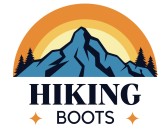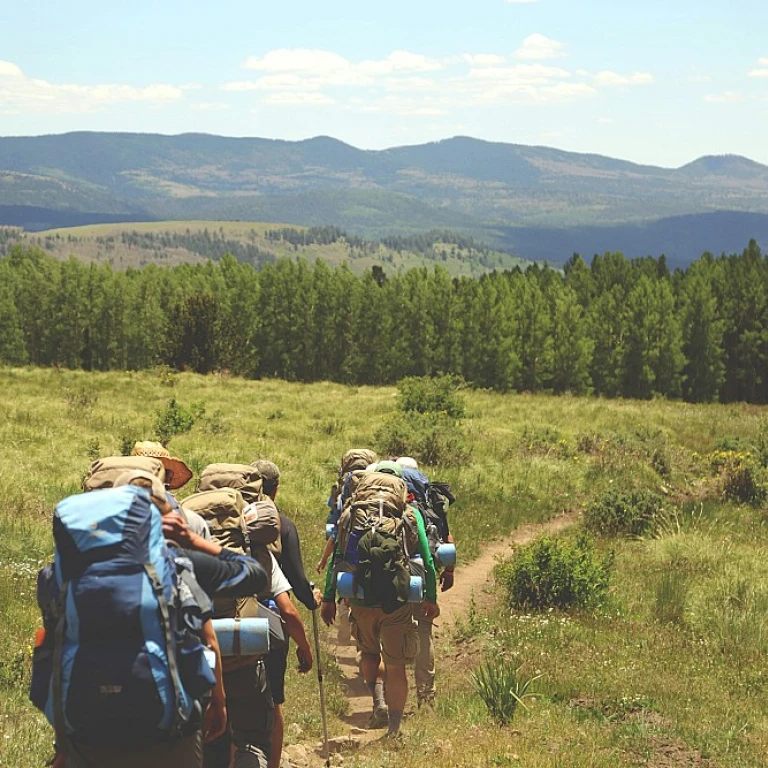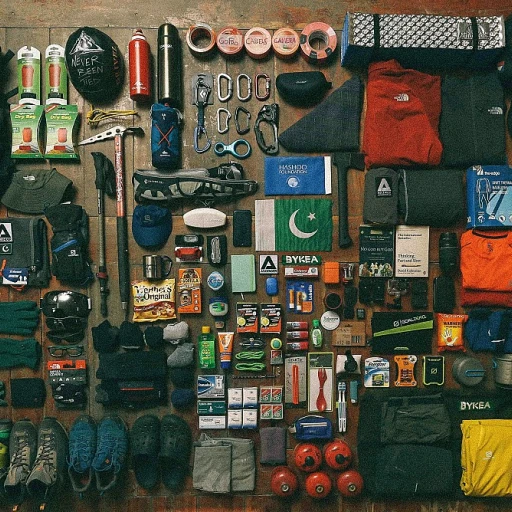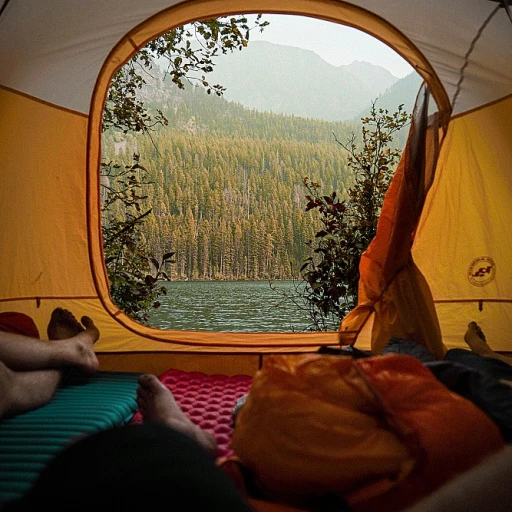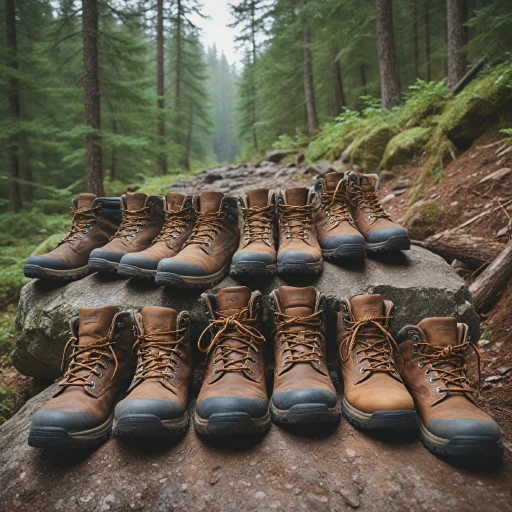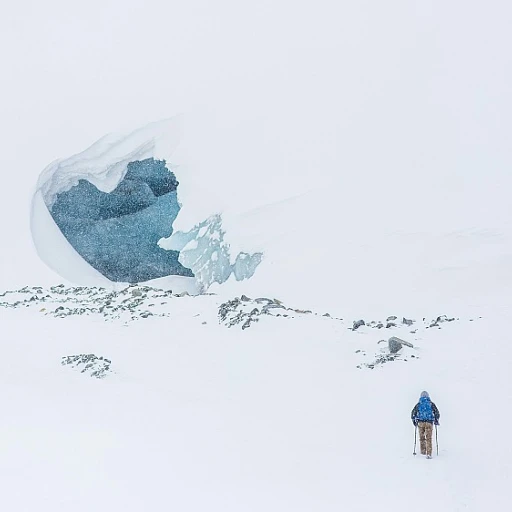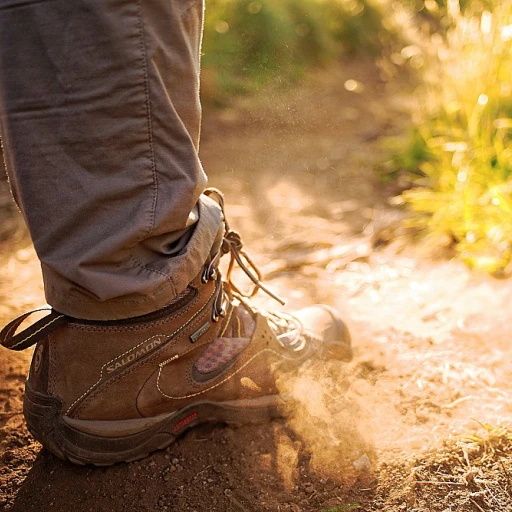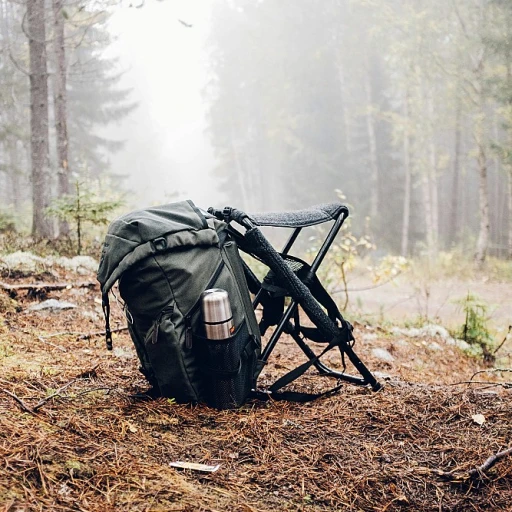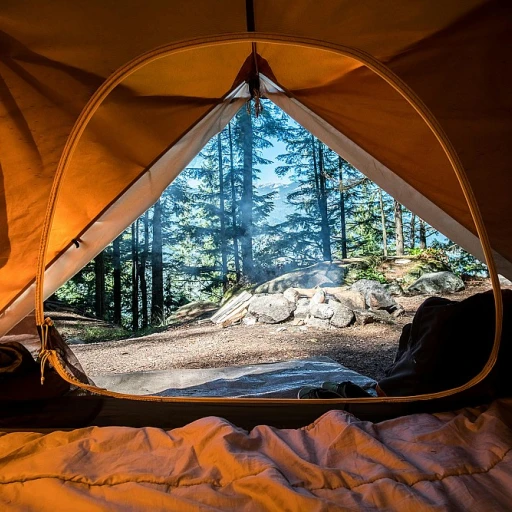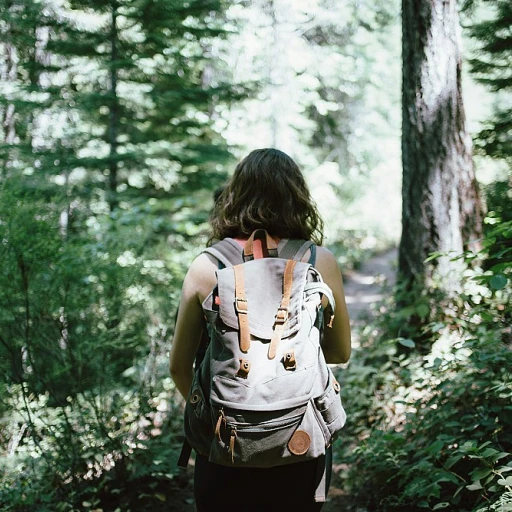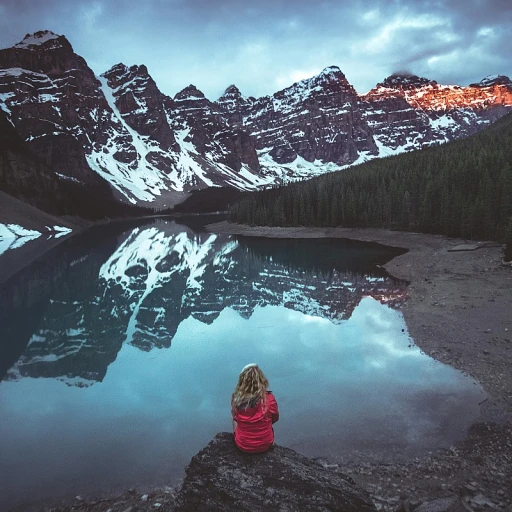
Understanding the Importance of Lightweight Footwear
Finding Comfort with Each Step
When it comes to hiking, especially on long trails, the weight of your footwear is not just a minor detail. It's a factor that significantly affects your comfort and endurance on the hike. Lightweight trekking shoes for both women and men make a noticeable difference in how fresh your feet feel during and after the journey. Heavy boots can add unnecessary strain, making each step more cumbersome than it needs to be. Incorporating advanced materials, such lightweight shoes often utilize innovative fabrics and technologies that ensure durability and flexibility without compromising on ankle support or protection. For instance, the use of Gore-Tex (GTX) offers waterproof capabilities, while high-performance uppers ensure breathability and moisture management. This blend of features ensures you stay dry, even when the weather takes a turn for the worst. When exploring trails, the best trekking shoes are those that balance between being supportive yet lightweight. Many options, such as the HOKA Anacapa, provide a mid GTX build that is both sturdy for challenging terrains and light enough to keep you agile. The right choice in footwear can mean the difference between a memorable adventure and an exhausting ordeal. The trend towards lightweight hiking shoes is not only about reducing weight but maximizing performance. Brands like Altra and Merrell are paving the way with models like the Lone Peak and Moab that cater to diverse hiking needs. Middleweight choices might offer greater stability on rocky paths, while ultra-light trail runners can be the best for swift, fast-paced adventures. For those who love the flexibility of trail runners, or the robust nature of a hiking boot, there are optimal choices available. The Salomon Ultra, for instance, merges the benefits of both. Each category has its own hero piece, and understanding the importance of these lightweight options can elevate your adventures to new heights.Materials and Technology Behind Lightweight Trekking Shoes
Revolutionary Innovations in Trekking Footwear
When it comes to crafting the best lightweight shoes for hiking, advancements in materials and technology are shaping the landscape. Manufacturers are continuously seeking ways to provide hikers and trail runners with shoes and boots that manage to be feather-light while offering top-notch performance. The magic often lies in the clever choice of materials and design.
Lightweight hiking shoes and boots commonly incorporate synthetic uppers designed to reduce weight while maintaining durability. These materials, such as mesh and high-grade textiles, ensure the shoes stay breathable. This improves comfort and prevents your feet from overheating, particularly during intense trail-running sessions. Many of these shoes, from brands like Hoka and Altra Lone Peak, are built with innovative support systems that prioritize both stability and cushioning.
Another standout feature is the use of Gore-Tex or similar waterproof membranes. These layers offer waterproof protection without adding significant weight, making a noticeable difference in lightweight hiking shoes when you encounter wet conditions. Waterproof hiking boots and shoes such as the Merrell Moab and Salomon Ultra are perfect examples of this technology at work.
The integration of midsole technologies cannot be overlooked, as they provide the essential balance of comfort and support. Midsole configurations in lightweight options are often engineered to provide a responsive feel, enhancing the natural movement of your feet across varied terrains. The design, seen in models such as the Hoka Anacapa, ensures your shoes cushion and stabilize your step, reducing fatigue over long distances.
The importance of the toe box design should not be underestimated either. A well-constructed toe box provides ample room for natural toe splay, crucial for both comfort and balance. Whether you're treading light on a trail or tackling rocky paths, a roomy toe box featured in many modern hiking shoes can make all the difference.
Finally, exploring the versatility of these shoes is essential. If you're interested, you can delve deeper into this topic through an article that sheds light on the versatility of Keen hiking shoes. With the right mix of materials and technology, today's lightweight trekking footwear has taken a giant leap forward, promising a comfortable and efficient hiking experience.
Top Features to Look for in Lightweight Trekking Shoes
Features That Matter Most in Lightweight Trekking Shoes
When it comes to selecting the best lightweight hiking shoes or boots, there are several key features you should consider to ensure your comfort and safety on the trails.- Material Composition: Opt for hiking shoes crafted from high-quality, breathable materials. Options like gore tex are famous for their waterproof capabilities without sacrificing ventilation.
- Upper Design: The upper portion of the shoe should balance durability and flexibility. Popular brands like Merrell Moab and Altra Lone Peak offer a great lightweight upper that can withstand rugged terrain.
- Ankle Support: Although lightweight, the right pair of hiking boots should provide adequate ankle support, particularly if navigating challenging terrains. Mid gtx designs often offer this feature without adding extra weight.
- Cushioning and Comfort: Look for shoes offering proper cushioning, like the Hoka Anacapa, ensuring your feet remain comfortable over prolonged periods. Lightweight hiking shoes still need to ensure comfort without compromising on stability.
- Traction on the Trail: The outsole of your trekking shoes should provide excellent grip, suitable for different terrains. Brands like Salomon Ultra are designed with superior treads that excel in rocky and muddy conditions.
- Sizing and Fit: It's crucial to ensure a snug fit, especially in the toe box, allowing for slight expansion without compromising support. Brands like Lone Peak and trail runners are praised for their accommodating design.
Comparing Lightweight Trekking Shoes: A Guide for Different Terrains
Terrain-Specific Selections: Finding Your Perfect Fit
When choosing the best lightweight trekking shoes for your adventures, it's crucial to consider the type of terrain you'll be navigating. Different trails demand specific features to ensure comfort, safety, and performance. Here's how to assess what you need for various environments:
- Flat, Well-Maintained Trails: For straightforward paths, lightweight hiking shoes with minimal cushioning like trail runners offer excellent flexibility and a nimble feel. Hoka and Altra Lone Peak models shine on these terrains, offering the light feel and responsive design desired by hikers.
- Rocky or Uneven Terrain: Opt for lightweight hiking boots that provide ample ankle support. Brands like Salomon Ultra or Merrell Moab incorporate robust construction without compromising on weight, ensuring stability on jagged paths. These shoes often feature a sturdy sole and reinforced upper.
- Wet or Muddy Trails: Waterproof hiking shoes with Gore-Tex (GTX) membranes are your best allies in damp conditions. Look for designs with a well-constructed toe box and waterproof upper materials to protect your feet and maintain a dry interior.
- Mountainous or High-Incline Trails: For challenging ascents, mid GTX boots can provide the necessary support and grip. Boots like the Hoka Anacapa or those with similar features offer excellent traction and comfort for steep inclines, reducing fatigue on long climbs.
Whether you're a man or woman, lightweight options that cater to the unique demands of each trail are essential for an enjoyable hiking experience. As you explore the available choices, consider how the sole, support, and materials align with your target terrain. Remember, the best hiking boot for you is the one that matches your adventure expectations without adding unnecessary weight to your pack.
Maintenance Tips for Prolonging the Life of Your Lightweight Trekking Shoes
Essential Care Tips for Your Lightweight Trekking Gear
Maintaining your lightweight trekking shoes is key to ensuring their longevity, comfort, and performance on the trail. Whether you're tackling rugged terrains with a pair of Hoka Anacapa or breezing through trails in Altra Lone Peaks, here are some maintenance tips you might find useful:- Keep Them Clean: After each trek, clean off any mud or debris that could damage the material or weigh down your feet. Use a soft brush to gently remove dirt and grime, paying extra attention to the upper and sole areas.
- Waterproof When Needed: Even if your boots or shoes come with a Gore-Tex lining, it’s useful to periodically reapply a waterproof spray to ensure they remain resistant to wet conditions. This goes for both men’s and women’s footwear, keeping your feet dry while hiking.
- Avoid Excess Moisture: Moisture and shoes don’t mix well, especially for lightweight designs. Always allow your trekking boots to air-dry thoroughly in a well-ventilated area, away from direct sunlight that can damage the materials. Stuffing newspapers inside can aid drying and maintain shape.
- Inspect the Soles and Uppers: Regularly check the soles for wear and tear. It's crucial to ensure the traction remains effective, particularly if you’re into trail running or tackling slippery surfaces. Examine the uppers for any signs of wear or damage to the fabric or stitching, focusing on areas like the toe box for signs of stress.
- Store Properly: When not in use, store your hiking shoes in a cool, dry place, avoiding damp basements or hot attics. Consider using a shoe tree to maintain shape, particularly for more structured footwear like the Salomon Ultra or Merrell Moab models.
- Rotate Usage: If you own multiple pairs of hiking shoes or boots, rotate their use. This practice allows each pair ample time to dry out fully and minimizes wear, extending the life of all your gear.
- Replace Insoles and Laces: Don’t overlook replacing worn-out insoles and laces, which can dramatically influence comfort and support. Having spare parts can be a lifesaver on longer trips.
Real-World Experiences: Testimonials from Hikers and Mountaineers
Insights from the Trail: What Hikers Are Saying
The real-world experiences of hikers and mountaineers offer invaluable insights into the performance of lightweight trekking shoes. From varied terrains to unpredictable weather conditions, trekkers across the globe have put these shoes to the test, and their feedback underscores the crucial features highlighted in previous sections.
Many hikers have reported the exceptional comfort that these lightweight shoes provide, particularly when covering long distances. The feeling of agility and reduced foot fatigue is often attributed to the advanced materials and ergonomic design. One trekker highlighted how the absence of heavy boots allowed them to move quickly over rough trails, mentioning that the ankle support remained strong despite the shoe's lighter build.
Another prevalent theme among testimonials is the reliable waterproof technology. A hiker shared their experience of navigating through a muddy path, praising the shoe's waterproofing capabilities for keeping their feet dry throughout the journey. This aligns with the features of popular models like the hoka anacapa and salomon ultra, which boast advanced gore tex technology.
Furthermore, hikers often cite the importance of a well-constructed toe box. Many find that lightweight trekking shoes like the altra lone and lone peak excel in providing ample space, reducing the risk of blisters and discomfort, even during extended hikes. Feedback also praises the protection against rugged trail obstacles while maintaining a light, responsive feel.
Mountaineers are quick to draw attention to shoe adaptability across different terrains. Whether tackling rocky ascents or muddy downhills, the merrell moab mid GTX comes highly recommended for its balance between support and weight.
In conclusion, the consistent theme across real-world experiences is the collection of benefits gained from the shoe's thoughtful design, making lightweight trekking shoes a top choice for both men and women hikers alike. As one trekker summed it up, "These shoes become an extension of your feet—a must-have for any serious adventurer."
